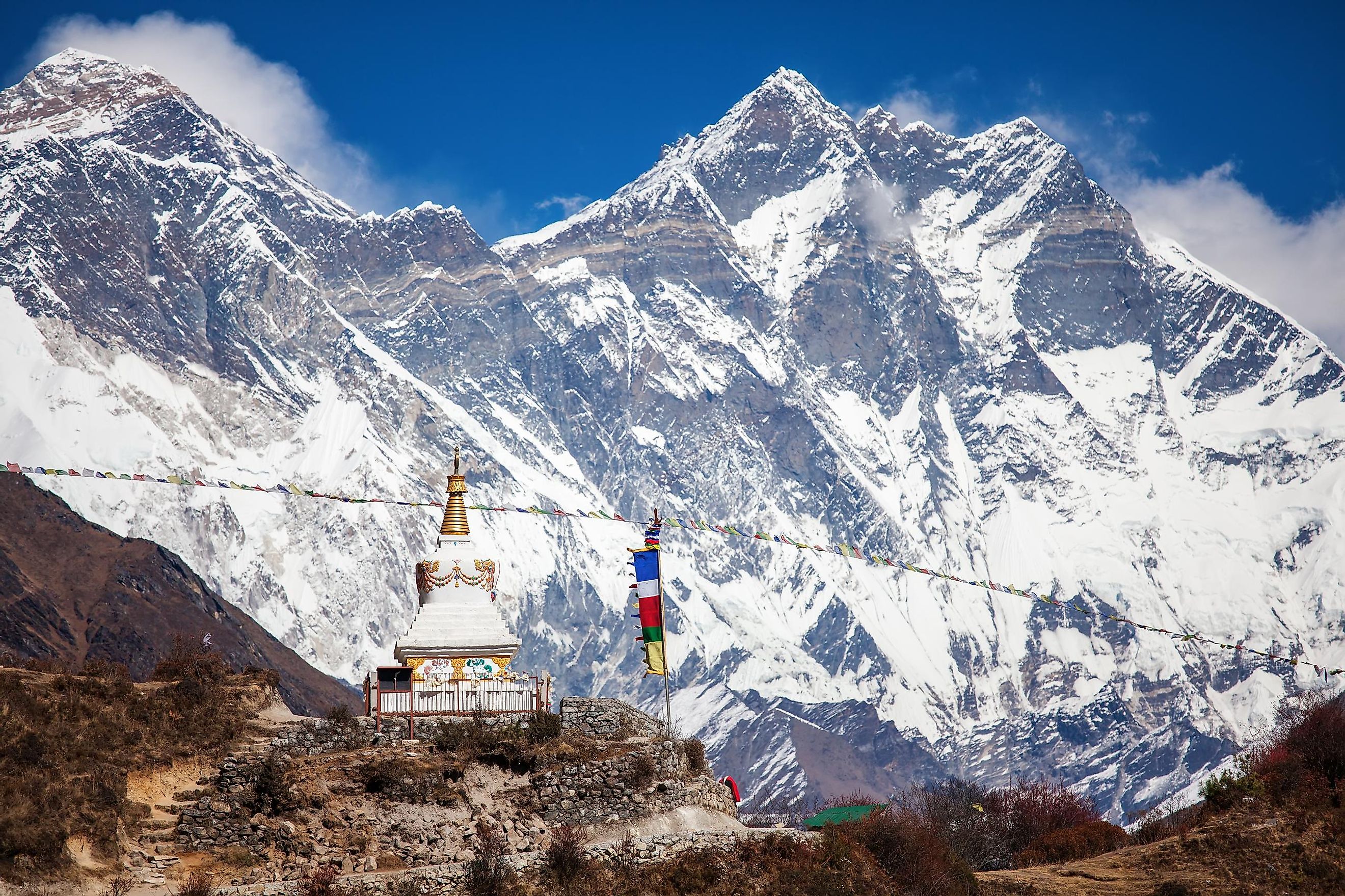
10 Major Mountain Ranges Of Asia
The Asian continent's cultural diversity is perhaps only rivaled by its rich geographical landscapes, of which mountains constitute a significant portion. From the famed peaks of the Himalayas to the mineral-rich range of the Urals, Asia's mountain ranges reveal a great source of wonder, natural beauty, and essential resources.
The Himalayas
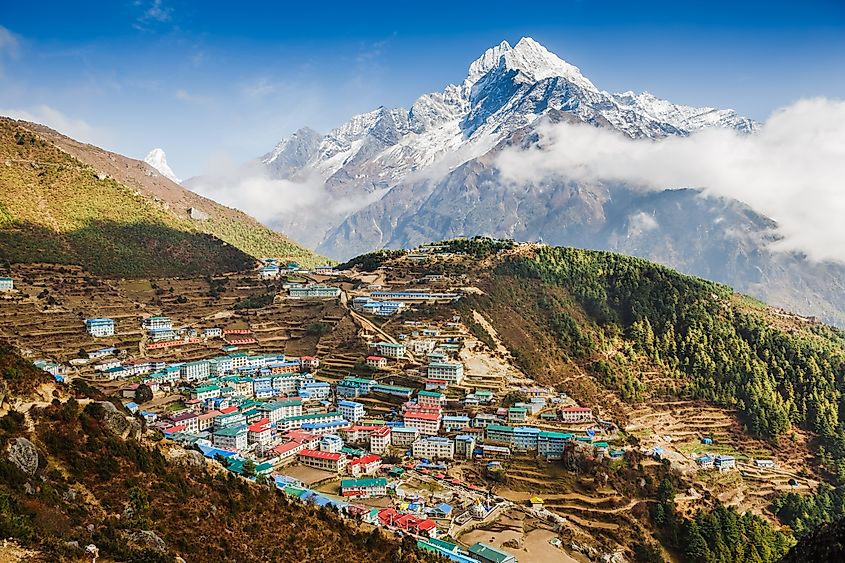
Home to the world's highest peak, the iconic Mount Everest (8,848.86 m), the Himalayan Mountain Range also has over 100 peaks with an elevation of at least 7,000 m! Stretching a length of some 2,400 kilometers across the five countries of India, Nepal, Bhutan, China, and Pakistan, the Himalayas creates a natural divider between the plains of the Indian subcontinent in the south and the vast Tibetan Plateau to the north. The Himalayas is well known for its resplendent natural beauty, including waterfalls, an eclectic range of wildlife, and numerous tall peaks. And, of course, the challenge of scaling any of the peaks, particularly Everest, has fascinated the public for generations. Many rivers rise from the Himalayan glaciers and support millions of human lives downstream. The Himalayas also host great biodiversity, with the Eastern Himalayas covering northeastern India being among the world's top biodiversity hotspots.
Altay Mountains
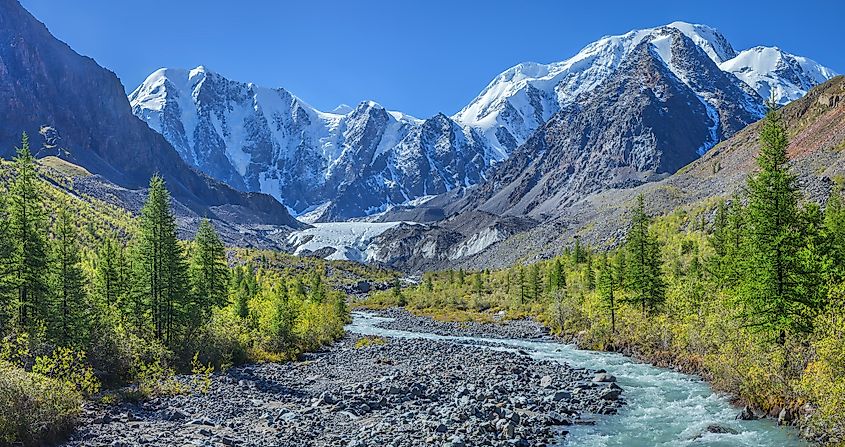
Located near the southern portion of the Russian region of Siberia, the Altay Mountains cover a vast area that includes the nations of Russia, Kazakhstan, China, and Mongolia. In addition, the Ob and Irtysh Rivers originate in these mountains that stretch for around 2,000 kilometers. A natural habitat for the snow leopard, the Altay Mountains are a jagged and complex winding system of peaks. Its highest mountain is Belukha which reaches an elevation of 4,506 m. The area hosts a sparse but ethnically-diverse population of primarily semi-nomadic people practicing activities like agriculture, animal husbandry, and forestry.
Kunlun Mountains
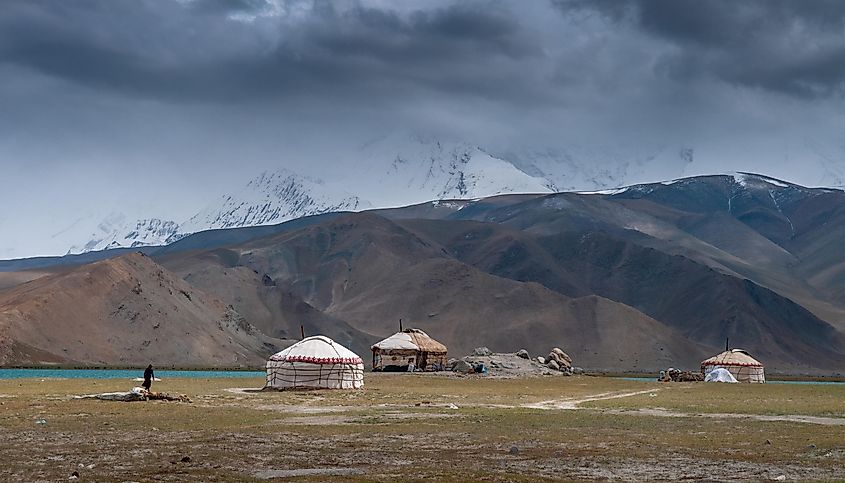
The longest mountain range in Asia, the Kunlun Mountains, extend for more than an astonishing 3,000 kilometers! Stretching from the Tibetan Plateau to Western China, the Kunlun Mountains also share a border with the Gobi Desert (the sixth desert largest in the world). The range's highest peak Liushi Shan (also known as the Kunlun Goddess), reaches an elevation of 7,167 m and is situated on the border between China and the autonomous region of Tibet.
Ural Mountains
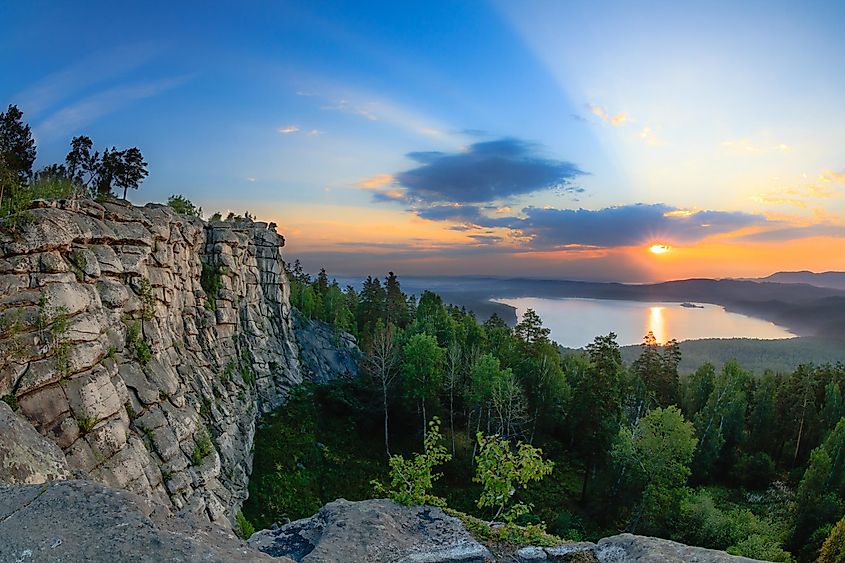
The Ural Mountains extend for some 2,500 kilometers and run through much of Western Russia into northwestern Kazakhstan. Forming a natural border between the European and Asian portions of Russia, the Urals are rich in minerals, with more than 1,000 varieties of precious materials found there. These deposits have historically been significant to the Russian economy, particularly during the days of the Russian Empire and the Soviet Union. The Ural's highest point is Mount Narodnaya, with an elevation of 1,895 m.
Tian Shan Mountains
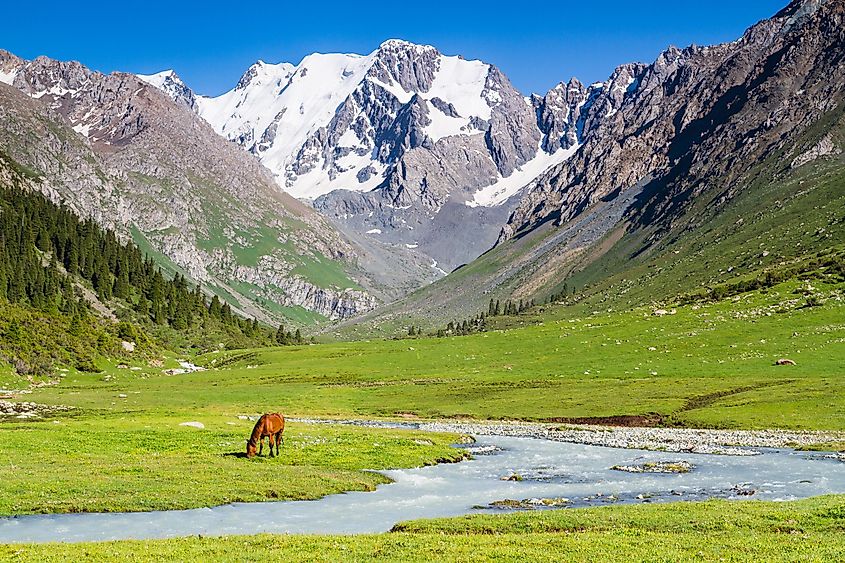
From the Mandarin Chinese for "Mountains of Heaven," the Tian Shan Range is one of the most prominent geologic features of Central Asia. Running a distance of some 2,500 kilometers and passing through China, Kazakhstan, and Uzbekistan, these mountains are home to several glacier peaks, mountain lakes, and stunning valleys. Renowned for its picturesque beauty, portions of the Tian Shan Mountains were listed as a World Heritage Site in 2013. The highest peak here is the Jengish Chokusu, at an elevation of 7,439 m. Indeed for anyone scaling these mountains, stunning panoramic surroundings will surely be found, creating a most beautiful and inspiring excursion.
Zagros Mountains
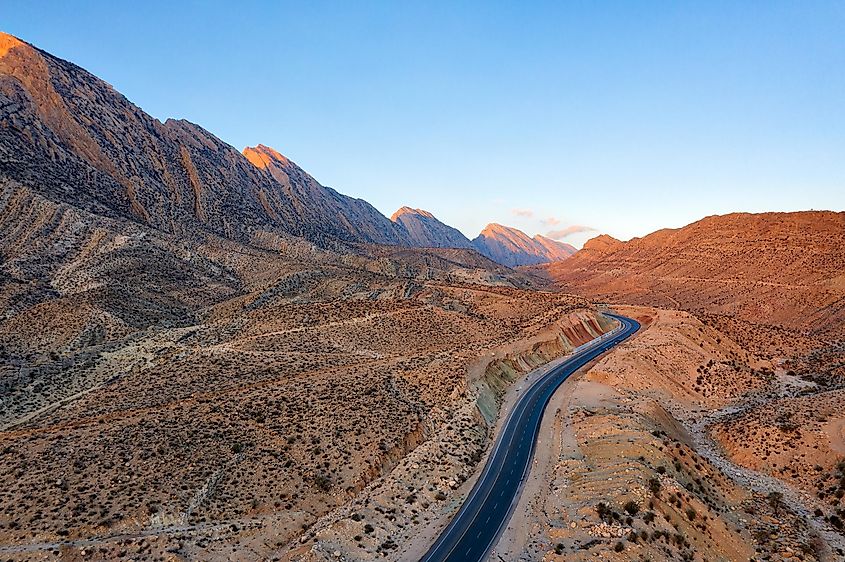
With a total length of 1,600 kilometers, the Zagros Mountains span three nations: southeastern Turkey, northern Iraq, and Iran. Ending at the Strait of Hormuz, this mountain range is well known for its plant life diversity, including grains like barley and lentil and fruit trees like apricot, plum, and grape. Long inhabited by numerous nomadic peoples and farmers throughout the centuries, the Zagros Mountains are as culturally diverse as they are geologically beautiful. The highest peak of these mountains is Mount Dena, which reaches a height of 4,409 m tall.
Western Ghats
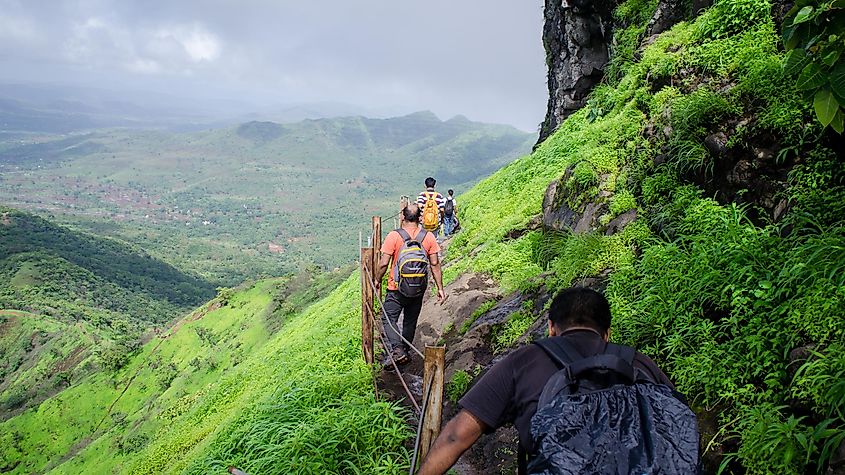
Covering an area of roughly 160,000 square kilometers and stretching for nearly 1,600 kilometers, the Western Ghats runs parallel to the Indian peninsula's west coast. A wide range of wildlife can be found within its peaks, valleys, and lakes. One of the few natural wonders to be named a UNESCO World Heritage Site, the Western Ghats is also one of the world's 36 biodiversity hotspots. Many species found here are endemic, meaning they are found nowhere else in the world. Many tourist destinations are present here, ranging from spectacular hill stations to beautiful waterfalls to dense forests with tigers. And at an elevation of 2,695 m, Anamudi is its highest peak within the Eravikulam National Park.
Eastern Ghats
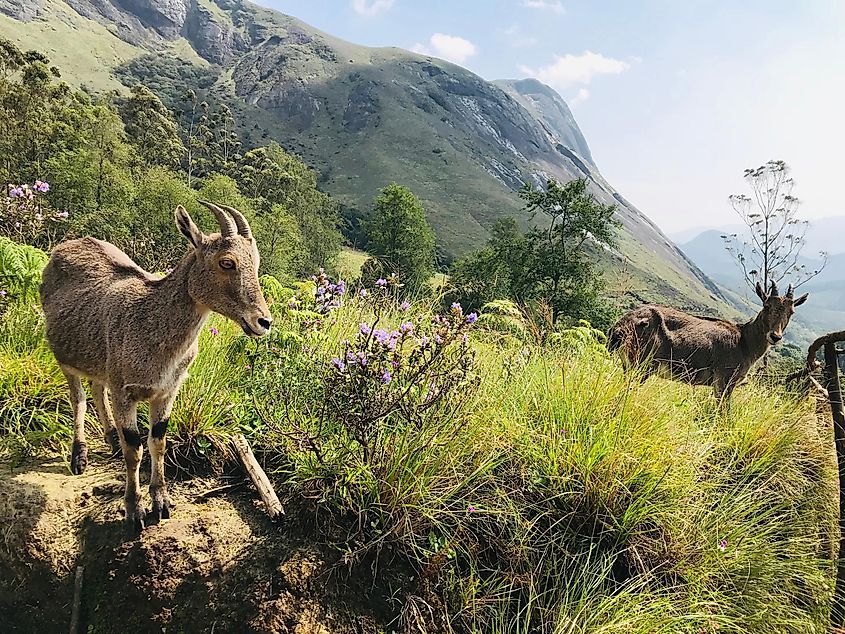
The Eastern Ghats run parallel to the eastern coast of India discontinuously. Like the Western Ghats, this mountain range also hosts a rich collection of flora and fauna. Major rivers of southern India, the Mahanadi, Krishna, Godavari, and Kaveri, cut through this range to drain into the Bay of Bengal to the east. Many national parks and wildlife sanctuaries located in this mountain range attract tourists to the region all year round. The 1,822 m tall Kattahi Betta is the highest peak in this range.
Pamir Mountains
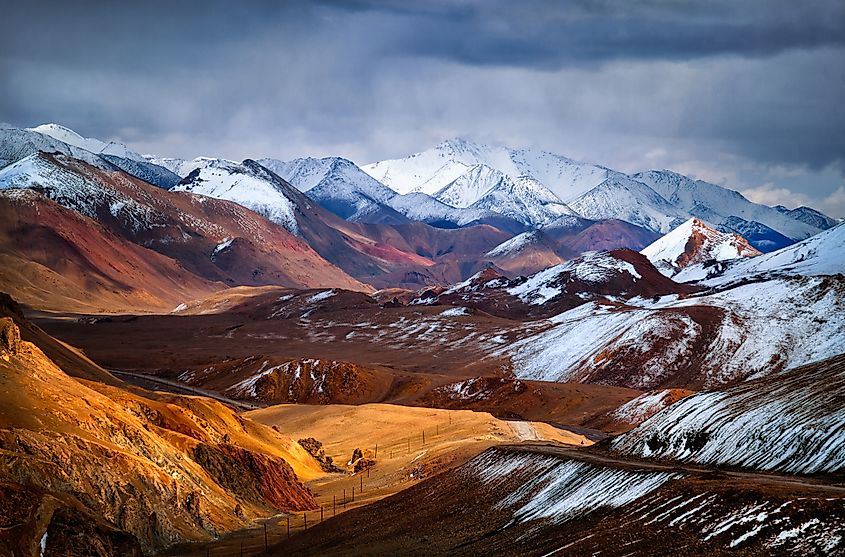
Also known as the "Roof of the World," the Pamir Mountains traverse the nations of Tajikistan, China, Pakistan, Afghanistan, and Kyrgyzstan but with a majority of the range located in Tajikistan. Other major mountain ranges like the Himalayas, Tian Shan, Kunlun, and the Hindu Kush surround the Pamirs. The area has many beautiful valleys and lofty snow-covered peaks. The 77 km Fedchenko Glacier, the longest glacier outside the polar regions, is found here. The highest peak in the Pamirs is Kongur Tagh, which at an elevation of 7,649 m, is the 37th highest in the world.
Hindu Kush Mountains
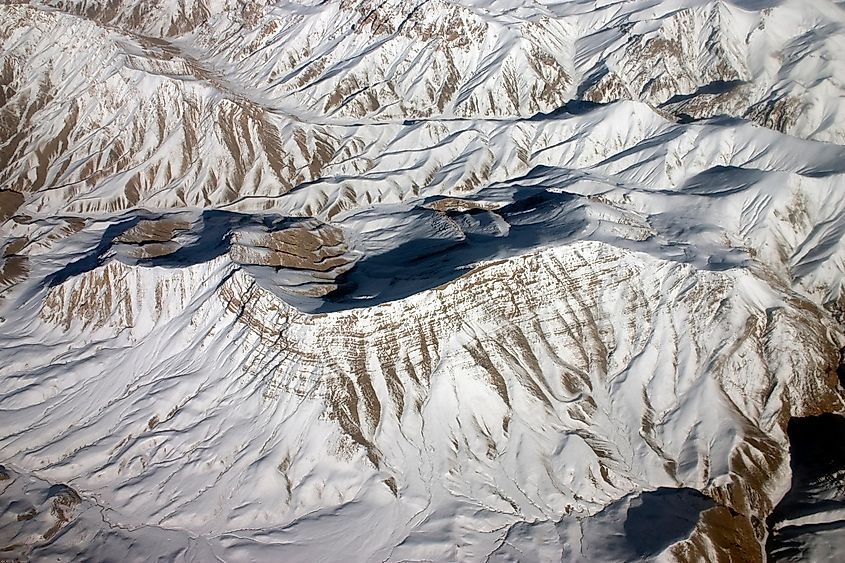
Part of the larger Himalayas Range, the 800-kilometer-long Hindu Kush Mountains remain an impressive site in their own right. Spanning an area that includes the countries of Pakistan, Afghanistan, and Tajikistan, the Hindu Kush range starts to the west of the Himalayas and eventually melds into the Pamir Mountains forming a rocky border with Pakistan and Afghanistan. The highest peak here is Terich Mir, the 33rd highest mountain in the world at an elevation of 7,708 m. In addition, this range was well known for its presence of several Buddhist shrines and monasteries and has served as an important trading route for centuries.
Asia's mountain ranges are fine examples of the continent's rich and diverse natural beauty. Indeed, from the Himalayas to the Urals, to the "heavenly" Tian Shan ranges, these Asian mountain ranges are not only important parts of the geographic landscape but also of the cultural mosaic that makes up the continent.











